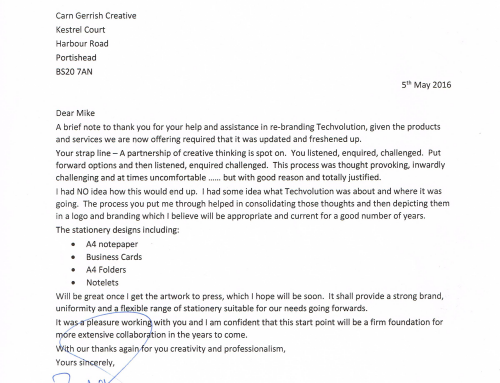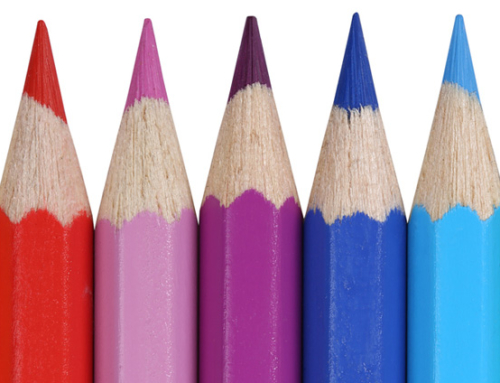Every day, more and more people around the world start to use the internet. This wide-spread adoption of history’s most powerful communication tool means that even a tiny start-up can compete for huge international audiences.
Designing a brand that maintains its power across many different cultures however, is not an easy task. Professional designers use many different tactics to design a successful global brand, but all understand the importance of careful consideration and hours of creative thought when trying to overcome cultural obstacles.
Brand Immersion – Doing the Legwork
Before a designer can even begin to create a great global brand, he must immerse himself in what the brand should represent. Professional designers perform large scale audits that can span across the globe to identify the key cultural attitudes towards a particular brand. Along with external audits, internal interviews add perspective into the people behind the brand. All of this research plays a significant role in the design process of a global brand.
When doing research, professional designers should also place great focus on translation. Whether we realize it or not, almost every experience we have is based on cultural messages, linguistic translations and locational distinctions. The intended message of a global brand must translate across all of these differences and attitudes. For example, consumers in Western society match a completely different meaning to a “thumbs up” than those in a Middle Eastern country. Even basic colours can create differing emotional responses based on their cultural translation.
Focusing on the Story
Storytelling will always be a major part of designing an effective brand. Consumers can more easily connect with companies who offer a compelling, emotionally-driven story behind their brand. The story represents one of the main differences between complete branding and basic graphic design. Coca-Cola and Nike are both great examples of brands that maintaining a great story and applying it across different cultural audiences.
The Power of Symbols
Many of the world’s most successful global brands favour powerful symbols over language to represent their image. A great symbol can relay more information than a paragraph of words. It embodies a brand’s focus and its promise to be a responsible member of the community. A great brand name can become its own unique symbol that develops far beyond its original text meaning.
The Idea of Co-Creation
Every day, more and more companies are using co-creation during the brand design process. By asking customers and community members to take part in the creation, a company can make more informed decisions regarding the brand. More importantly, the process of co-creation builds loyalty throughout the company’s network.
When consumers are allowed to provide personal input, they feel more emotionally-connected with the brand. Through co-creation, the brand becomes a true embodiment of the consumers the company serves. Today’s fast-paced world makes it tough for any brand to stand out and achieve success on a global level. People deal with so many promotions and advertisements that they rarely remember a brand by itself. However, they will almost always remember the experience of co-creating a brand.





Leave A Comment
You must be logged in to post a comment.